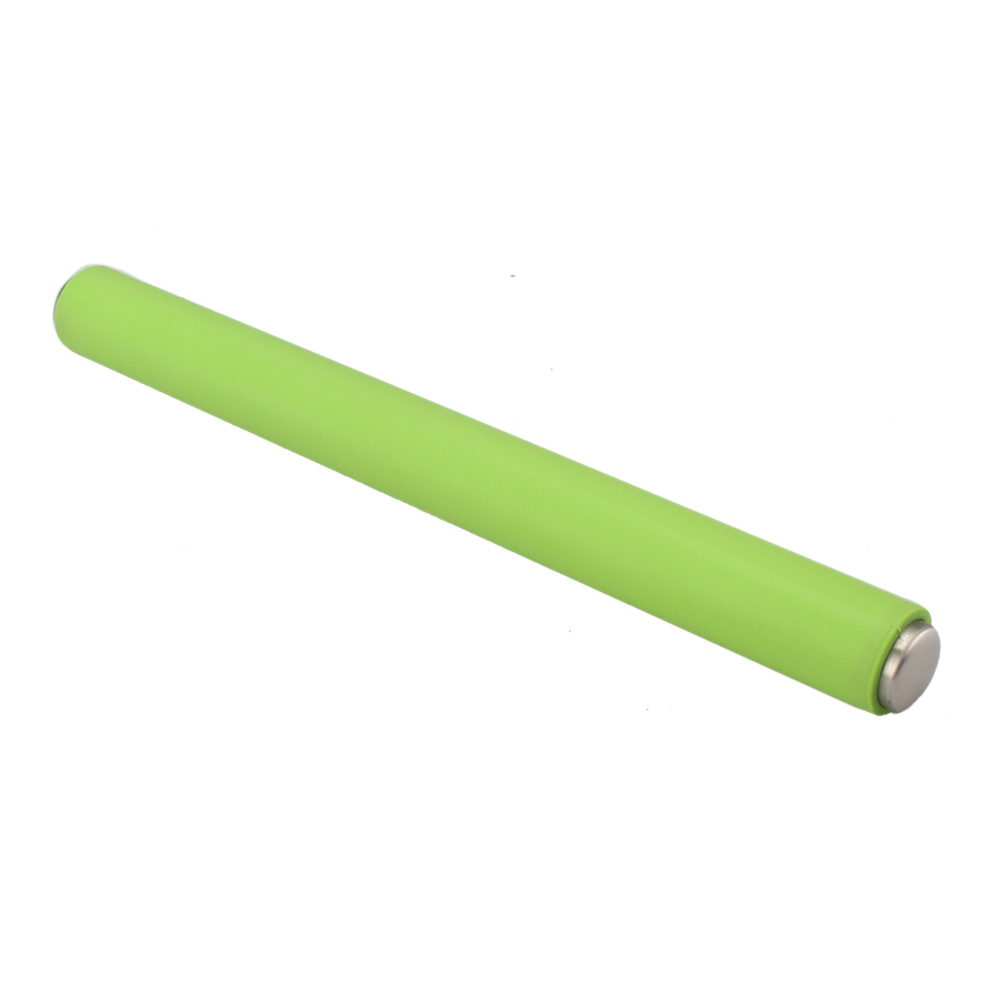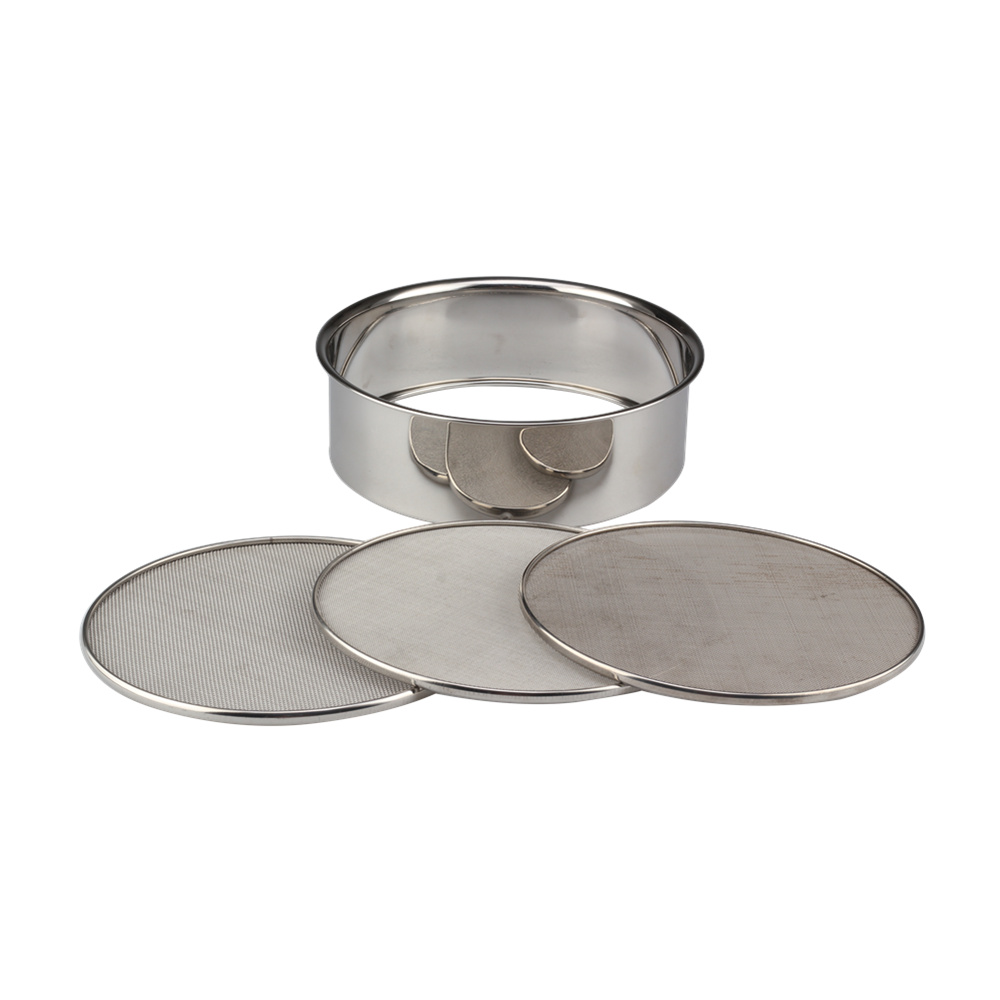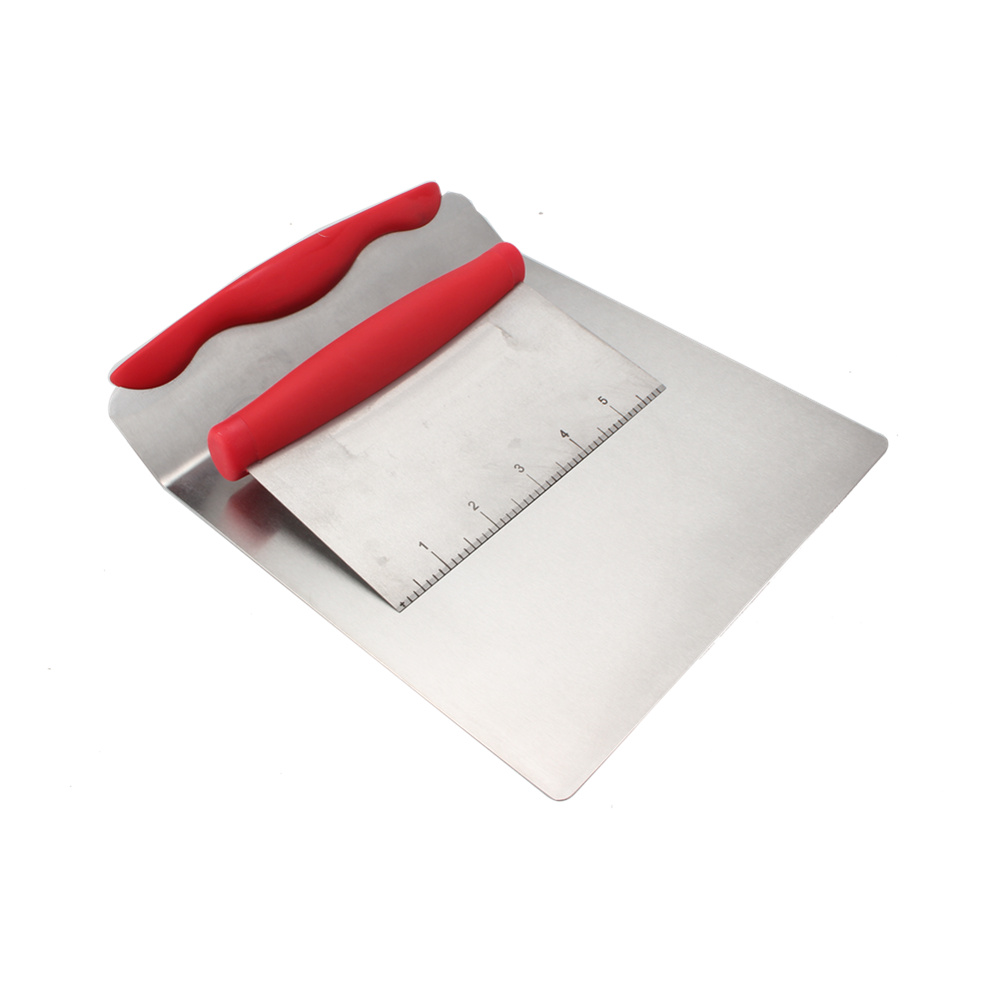1 Introduction
Hydraulic servo system is widely used in many occasions due to its high response, high precision, high power-to-weight ratio and other characteristics. The commonly used hydraulic position servo system can generally be reduced to a third-order system. Since the damping is relatively small, in order to obtain a better dynamic response, a pressure feedback is usually added. However, for the demanding fast hydraulic position servo system, the dynamic characteristics of the servo valve should be considered. At this time, the system will not be considered as a third-order system. It should be a fourth-order or fifth-order system when the natural frequency and system integration of the servo valve. When the natural frequency is close, the pressure feedback will lose the effect of increasing the system damping ratio, so the dynamic characteristics of the servo valve will limit the rapidity of the system. The pole configuration provides a good way to solve this type of problem. The effect of the valve's dynamic characteristics on the system can be suppressed by reconfiguring the closed-loop system pole.
2 pole configuration method based on state feedback
There are many ways to configure system poles. State feedback is one of them. Assume that the closed loop state space expression of a system is:
 (1)
(1)
If it is completely controllable, the closed-loop pole can be located at the specified position by means of state feedback u=v-kx. The pole configuration algorithm is as follows:
(1) Find the characteristic polynomial of A
Det(sI-A)=sn+a1sn-1+...+an-1s+an (2)
(2) Finding the Closed-Loop Family Characteristic Polynomial
(s-λ*1)(s-λ*2)...(s-λ*n)=sn+a*1sn-1+...+a*n-1s+a*n (3)
(3) Calculation
 (4)
(4) (4) Calculation
 (5)
(5) (5) Let P=Q-1 (6)
(6) Let k =  (7)
(7)
It is worth noting that some state quantities in state feedback are not easy to measure. In order to obtain state quantities, we can design a full-dimensional state observer for the system. The existence condition of the system state observer is that the system can observe. Figure 1 shows the block diagram of the system with the state observer added. The dashed part is the system's full-dimensional state observer. Its dynamic equation is:
 (8)
(8) It can be seen that the full-dimensional state observer is composed of two inputs u(t), y(t) and an output state estimate  (t) A dynamic system. Reference [2] states that if all the eigenvalues ​​of (A-EC) have a negative real part less than -σ(σ>0), the vector
(t) A dynamic system. Reference [2] states that if all the eigenvalues ​​of (A-EC) have a negative real part less than -σ(σ>0), the vector  (t) will soon tend to x(t), and as long as (A, C) are completely observable, the A-EC feature value can be arbitrarily configured by selecting E. The solution of E is similar to k[2].
(t) will soon tend to x(t), and as long as (A, C) are completely observable, the A-EC feature value can be arbitrarily configured by selecting E. The solution of E is similar to k[2].

Figure 1 The original system and its full-dimensional state observer
3 System Modeling
Figure 2 shows the equivalent load model of a two-degree-of-freedom hydraulic position servo system. Figure 3 shows the block diagram of the corresponding control system. The on-site request system bandwidth should reach 40Hz.

Fig. 2 The equivalent load model of a 2-DOF hydraulic position servo system

Fig. 3 is a block diagram of a two-degree-of-freedom hydraulic position servo system
The open-loop transfer function of this system is:

 (9)
(9) In the formula: Kf—magnification coefficient of displacement sensor, 62.5V/m;
Ka - circuit gain of servo amplifier and coil, 0.01A/V;
Ksv—Flow gain of electro-hydraulic servo valve, 0.045(m3/s)/A;
A—effective area of ​​the piston, 9.04×10-4m2;
ωL—the natural frequency of the load, 978.3 rad/s;
Ωsv—natural frequency of electro-hydraulic servo valve, 942rad/s;
ζsv—The damping ratio of the electro-hydraulic servo valve, 0.7, no dimension;
ω10—The integrated natural frequency of the power mechanism, 762.18 rad/s;
ζ10—Comprehensive damping ratio of power mechanism, 0.02755, no dimension;
Ωr—the ratio of stiffness to damping coefficient when the hydraulic spring and load spring are coupled in series, 0.13718 rad/s;
From the open-loop transfer function of the system, we can see that this system should consider the influence of the servo valve on the dynamic characteristics of the system, and cannot consider the system as a simple third-order. After considering the dynamic characteristics of the servo valve, this system has become a fifth-order system. Because the natural frequency of the valve is close to the integrated natural frequency of the power mechanism, the pressure feedback cannot be used to increase the damping ratio of the system [1]. If it is simple, Control algorithms (including PID and Fuzzy control algorithms) are very easy to oscillate and have poor dynamic characteristics.
According to the formula (9), the open-loop Bode diagram of the system can be drawn (see Figure 4). From the Bode diagram, we can see that when the system is working normally, the gain of the previous item cannot be too large, and the crossover frequency is about 20rad/s, obviously Less than 40Hz (251.2rad/s) bandwidth.

(a) (b)
Figure 4 The amplitude and frequency characteristics of the original system
For the above system, a full-dimensional state observer can be designed for the system, and then the poles of the closed-loop system can be configured by means of state feedback so that the open-loop transfer function of the system can eliminate the second-order oscillation of the valve. In practice, this is impossible, because the actual natural frequency and damping ratio of the servo valve are difficult to measure and change, but this method to a certain extent inhibits the impact of the dynamic characteristics of the valve on the system.
From the above, it can be seen that the closed-loop pole λ*1~λ*5 of the configured system can be λ*1=-1.0492×103
λ*2=-5.0918×102+1.0399×103i
λ*3=-5.0918×102-1.0399×103i
λ*4=-70.829+5.8339×102i
λ*5=-70.829-5.8339×102i
According to 2 can be obtained:
k=[4.4780×103 1.2891×107 1.13577×1010
4.7126×1012 2.2198×1015
ET=[-27.048 -1.4051×10-2 3.1432×10-5
1.3431×10-8 -3.7331×10-11]
For the two-degree-of-freedom hydraulic position servo system after the pole is changed, pressure feedback can be added to the system to increase the damping ratio of the system and further improve the dynamic characteristics of the system. Figure 5 is a block diagram of a control system.

Figure 5 Control System Block Diagram
4 System Simulation
The step response of the system is shown in Fig. 6. The on-site requirement for the 1 degree peak-to-peak value of the system (ie, the cylinder rod output is 1.4 mm) has a rise time of 10 ms, so the input of the step response is 1.4 mm. Curve 1 is the step response of the improved system, which basically meets the site requirements. Curve 2 is the control result when the system adds PID. The corresponding parameters are: KP=4.0, Kd=0.023, and Ki=0.0. In actual debugging, the parameters of PID can be adjusted to make the system work stably, but the system is fast. Poor, unable to meet site requirements.

Figure 6 Step response of the system
5 Conclusion
In this paper, the pole configuration method is used to eliminate the dynamic characteristics of the servo valve and limit the dynamic characteristics of the system, so that the pressure feedback can be applied in the two-degree-of-freedom hydraulic servo system, which can increase the damping ratio of the system and improve the dynamic quality of the system. The rapidity has been improved.
Enjoy the pleasure of baking in your life, or enjoy your own handmade cakes and desserts at the party, which has become part of our pursuit of quality life. Our company can provide a variety of Baking Tools, such as rolling pins, silicone shovel, measuring cups and measuring spoons, powder sieves, cake molds and so on. Welcome to combine the baking tools you want to purchase and sell. Our factory is committed to providing quality products to help our customers win the market. Please feel free to contact us with any questions. Looking forward to hearing from you.
Material:SS304/Silicone
Finishing: Satin polishing ,Mirror Polishing ,Color painting
Logo: Laser logo, Etching logo, Silk printing logo, Embossed logo, Decal logo
MOQ : 2000 PCS
Packaging : White box, Mail box or Customized package
Sample Time : 7~10 days
Lead Time :60 days after have the deposit
Payment: T/T ,L/C or others
Payment term: 30% deposit before production and 70 % balance against the copy B/L



FAQ:
1:How can I get the sample?
We can provide the sample for customers to check the quality.
Please kindly provide the delivery info for calculate the sample cost. If you have DHL /TNT/UPS/FEDEX account, please also kindly provide it to us.
You can do the payment of sample via T/T and PayPal.
2:How about the sample time?
Usually the sample time is 7~10 days after have the sample cost.
3:How long will it take for mass production?
Usually 45~60 days after have the deposit.
4:Can we have our logo or company name to be printed on your products or the package?
Welcome OEM.
5:what certificate can you provide?
CE,CB,GS,FDA,LFGB,ROHS are available here.
6:How can we get your monthly new products announcement?
Please join our mailing lists.
Our Service
Excellent quality
OEM packaging and product
Good service
Rich experience save your time and money
Baking Tools
Baking Tools,Baking Tools Set,Cake Baking Tools,Food Processor Baking
Jiangmen Wellway Houseware Co.,Ltd , https://www.wellwayhouseware.com